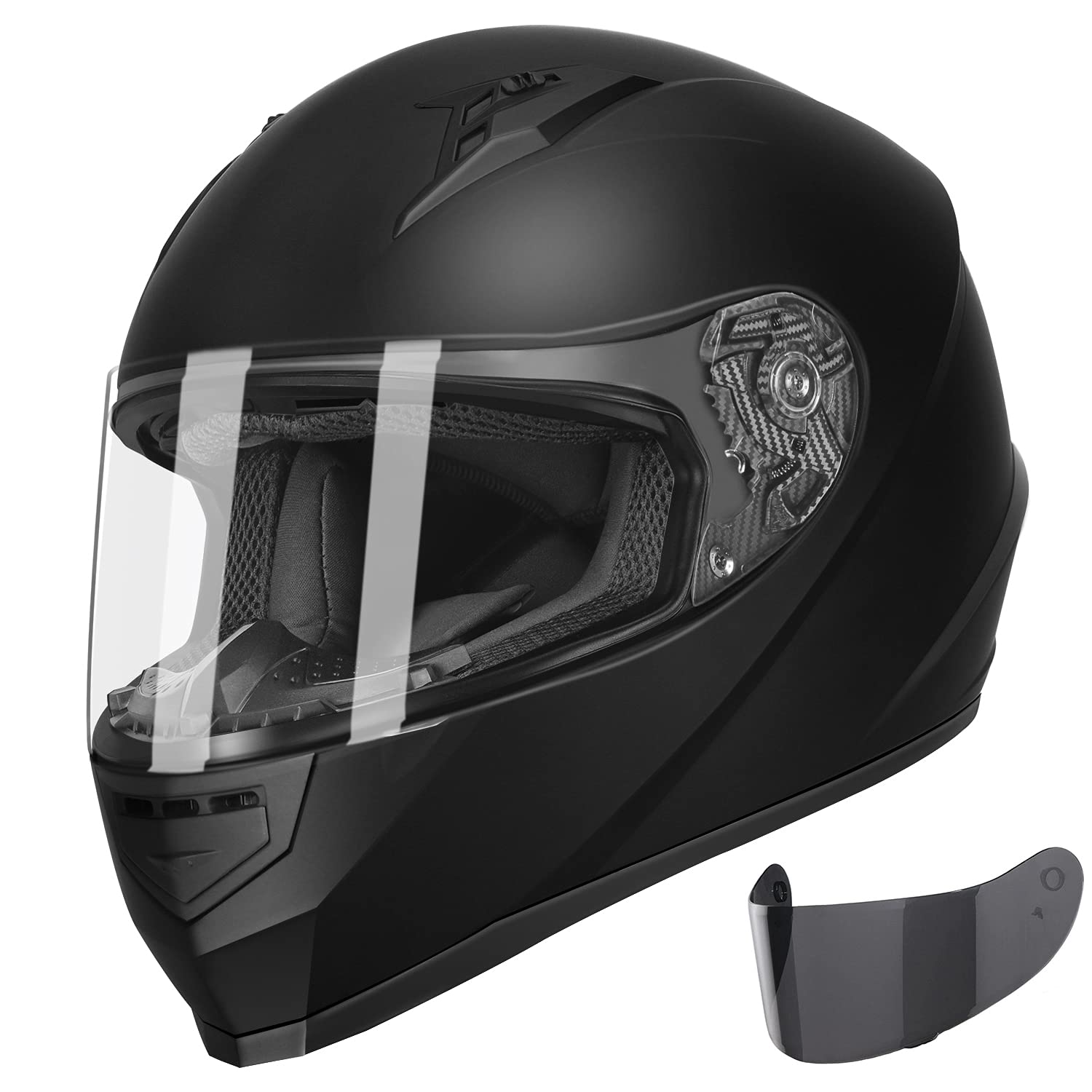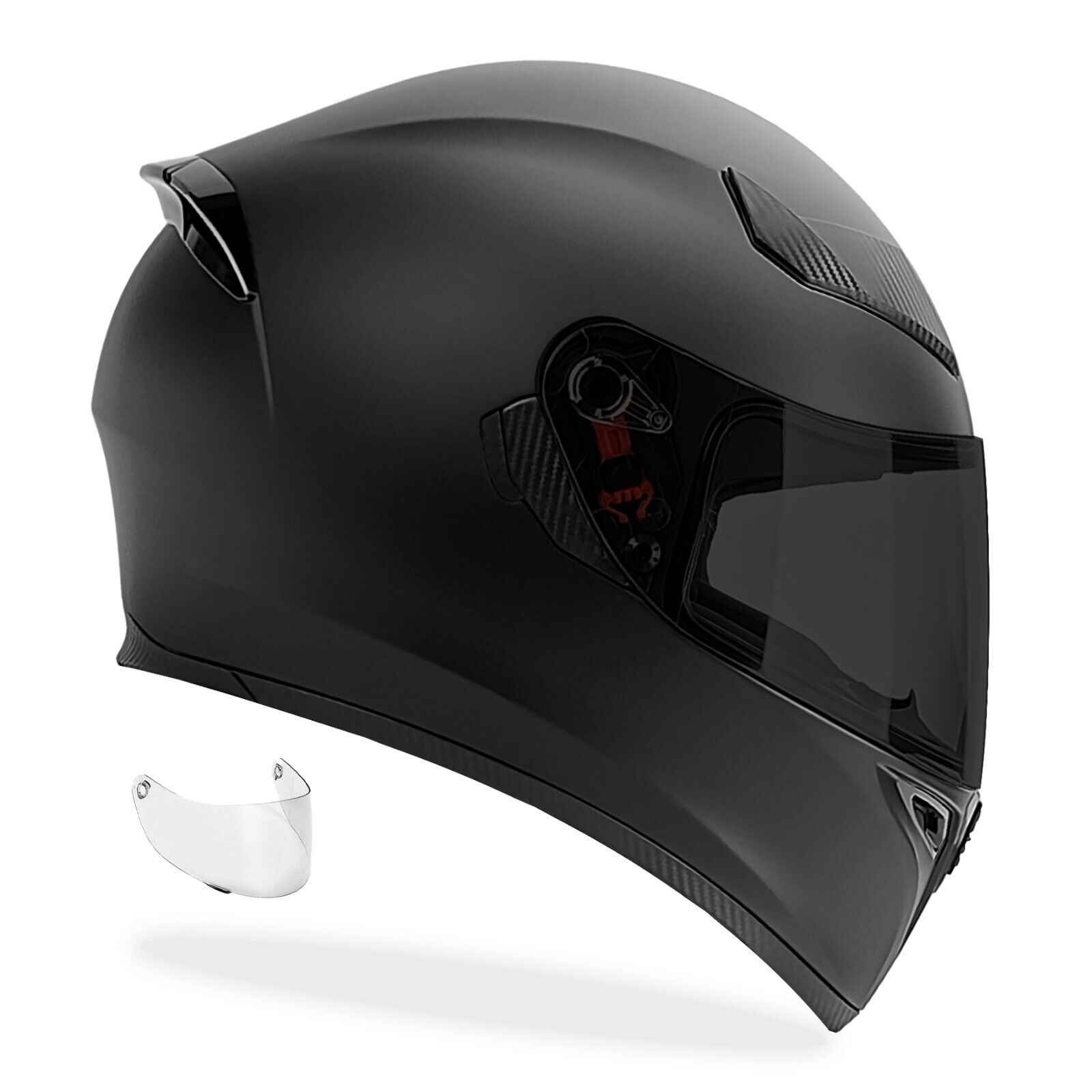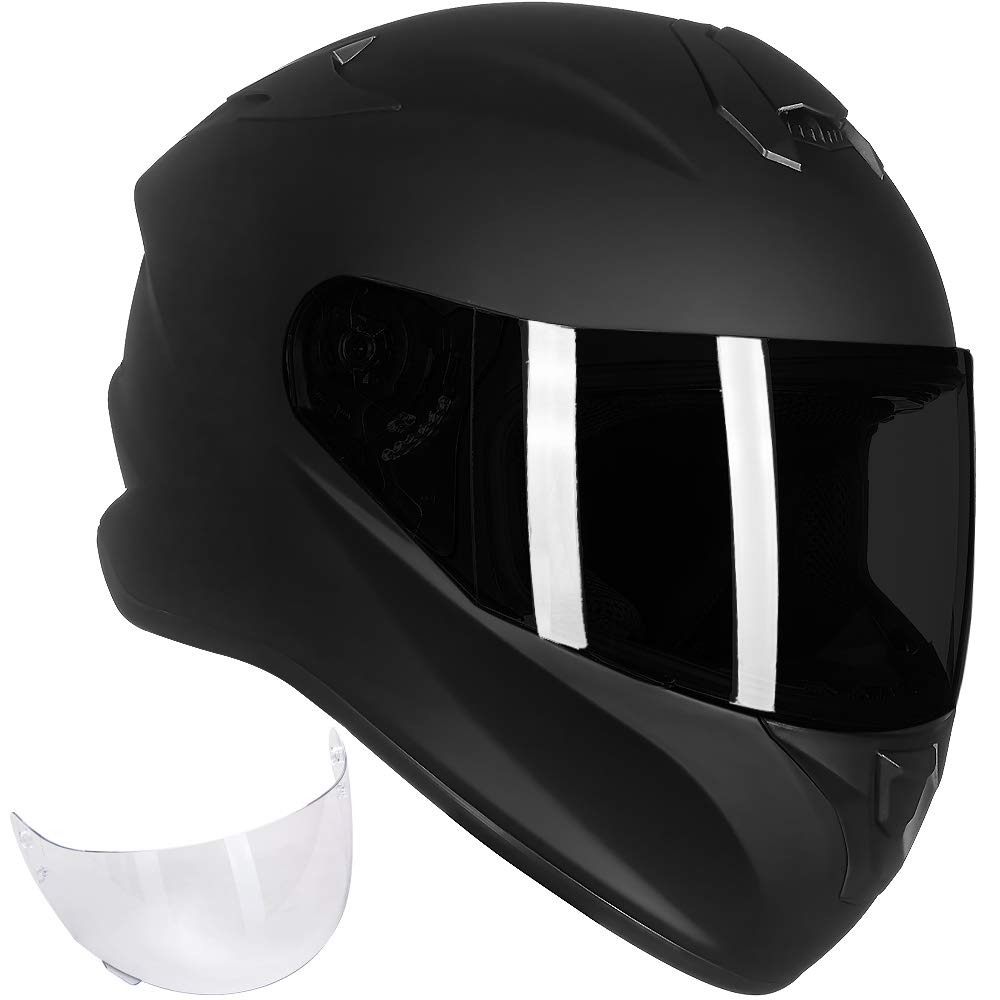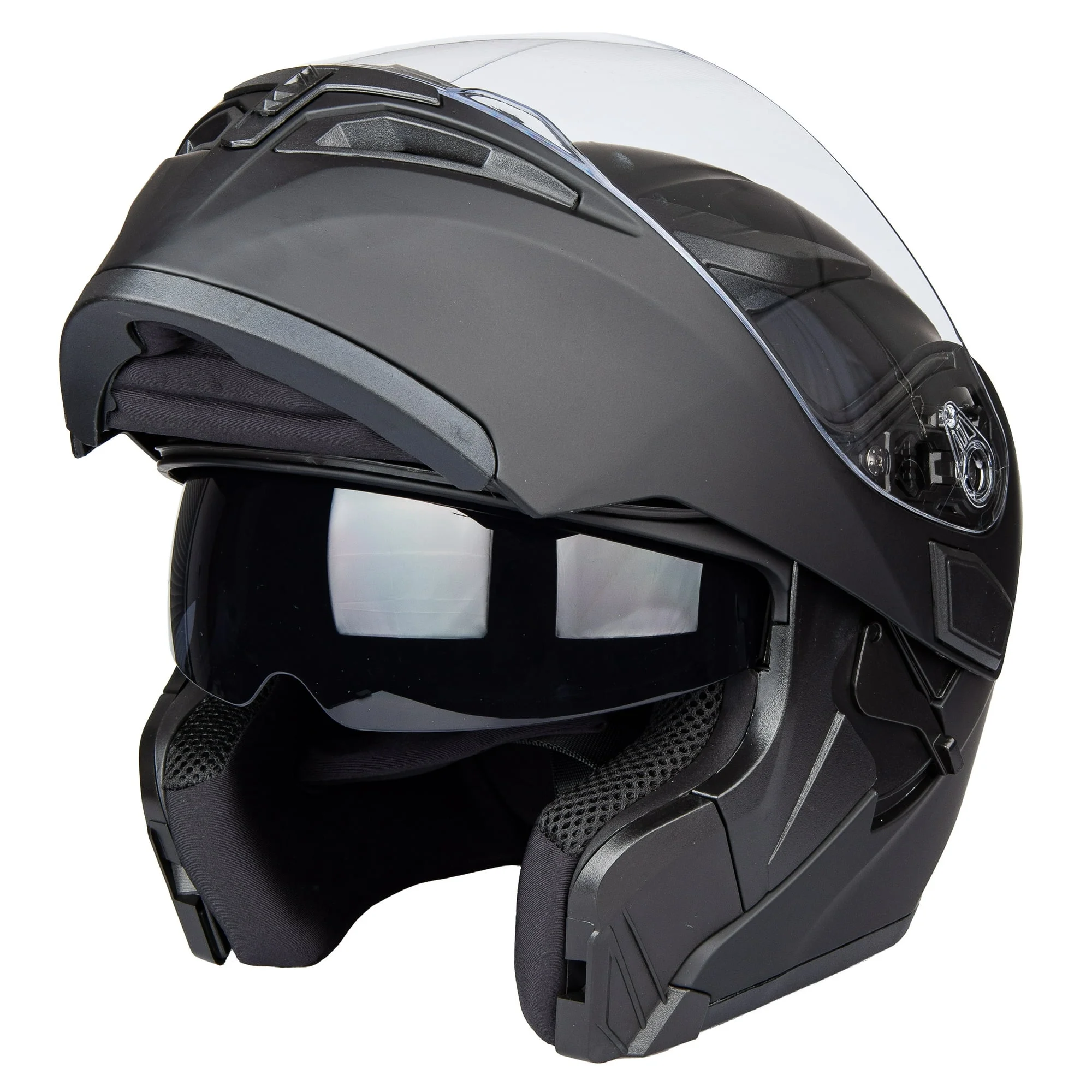Motorcycle riding is an exhilarating experience that combines freedom and adventure. However, with this thrill comes a significant risk. Protective gear is non-negotiable for every rider, and the most crucial of these items is undoubtedly the motorcycle helmet. This article delves deep into the world of motorcycle helmets, exploring their importance, types, features, and essential considerations for choosing the right one.
The Importance of Motorcycle Helmets
Safety First
Motorcycle helmets are primarily designed to protect riders in the event of a crash. Statistics reveal that wearing a helmet can significantly reduce the risk of severe head injuries. In fact, the National Highway Traffic Safety Administration (NHTSA) states that helmets reduce the risk of fatal injuries by 37%. When confronted with the statistics, the significance of donning a motorcycle helmet becomes starkly clear. The helmet serves as the first line of defense against the unpredictable nature of the road.
Legal Requirements
In many jurisdictions, wearing a motorcycle helmet is not just a safety precaution; it’s also a legal requirement. Most countries have specific laws that mandate the use of helmets for both riders and passengers. These laws exist because of the compelling evidence that helmets save lives. Riders often find themselves navigating different laws depending on state or country regulations, making it crucial to be aware of local legislation regarding motorcycle helmets.
Types of Motorcycle Helmets
Full-Face Helmets
Full-face helmets offer the most comprehensive protection available. They cover the entire head, including the face, and provide robust protection against wind, debris, and potential collisions. One of the primary benefits of full-face helmets is their ability to minimize wind drag and noise, making for a quieter ride. Many riders appreciate these helmets for their aerodynamic design, which enhances stability at high speeds.
Advantages
- Maximum head coverage
- Enhanced facial protection
- Reduced wind resistance
Disadvantages
- May feel warmer in hot weather
- Heavier compared to other types
Modular Helmets
Modular helmets, also known as flip-up helmets, combine the features of full-face and open-face helmets. They allow riders to flip up the front part of the helmet for convenience without removing it entirely. These helmets are especially appealing for riders who frequently stop and need to communicate with others without completely losing protection.
Advantages
- Versatile design
- Easy conversation when stopped
- Good ventilation options
Disadvantages
- Slightly heavier than full-face helmets
- May not offer the same level of protection
Open-Face Helmets
Open-face helmets, which cover only the head and do not have a chin bar, offer a more open experience for riders. These helmets provide good visibility and airflow, making them a favorite among touring and vintage motorcycle riders. However, the lack of protective coverage for the face poses a risk in case of an accident.
Advantages
- Excellent visibility
- Lightweight and comfortable
- Great for short trips
Disadvantages
- Limited facial protection
- Increased wind noise
Half Helmets
Half helmets provide the least coverage, covering only the top of the head. While they are lightweight and comfortable, they leave the face and chin exposed. Many riders choose half helmets for their minimalist design, especially during leisurely rides or in warmer climates.
Advantages
- Very lightweight
- Excellent for hot weather
- Easy to put on and take off
Disadvantages
- Minimal protection in case of an accident
- High wind noise levels
Key Features to Look For in a Motorcycle Helmet
Certification Standards
When purchasing a motorcycle helmet, it’s crucial to ensure that it meets safety standards set by recognized organizations. In the U.S., the Department of Transportation (DOT) and the Snell Memorial Foundation offer certifications that indicate the level of protection a helmet provides. Always look for a sticker or label that verifies the helmet’s compliance with these safety standards.
Fit and Comfort
Finding a helmet that fits properly is just as important as the design and protective features. A helmet that is too tight can cause discomfort and lead to distraction while riding, while an overly loose helmet can shift during an accident, compromising safety. To achieve a secure fit, try on multiple helmets and ensure that there is no excessive movement when you shake your head.
Importance of Liners
The interior liners of a helmet contribute significantly to overall comfort. Many helmets feature moisture-wicking fabrics, making them more comfortable during long rides. Some helmets also have removable and washable liners, which help maintain hygiene.
Ventilation
Riding can get hot, especially during long trips. Adequate ventilation not only enhances comfort but also helps to avoid heat exhaustion. Look for helmets that offer adjustable vents to regulate airflow. By allowing additional air to enter the helmet, riders can ensure a more comfortable experience, particularly in warm weather.
Weight
The weight of a helmet can impact comfort, especially during extended rides. A heavier helmet may cause fatigue or discomfort over time. Manufacturers have started to use lightweight materials like advanced composites or thermoplastics, allowing riders to benefit from protection without excessive weight.
Communication Systems
For riders who wish to stay connected while on the road, some helmets come equipped with built-in communication systems or features that allow for Bluetooth connectivity. This feature enables riders to communicate with fellow riders or listen to music without the need for distractions, enhancing the riding experience.
Maintenance and Care of Motorcycle Helmets
Regular Cleaning
Keeping your helmet clean is essential not only for hygiene but also for maintaining visibility through the visor. Use a gentle detergent, warm water, and a microfiber cloth to clean the exterior and visor surfaces. Avoid harsh chemicals that may damage the helmet’s materials. Additionally, check your helmet’s manual for specific cleaning guidelines, as various materials may require different treatment options.
Inspecting for Damage
It’s essential to routinely inspect your helmet for any signs of damage, such as cracks in the shell or the deterioration of interior padding. After any significant impact or crash, helmets should be replaced immediately, regardless of visible damage, because structural integrity may be compromised.
Storage Tips
When not in use, store your helmet in a cool, dry place away from direct sunlight. Prolonged exposure to heat or UV rays can degrade the materials over time. Many riders choose to keep their helmets in a dedicated bag to protect them from scratches or dust.
The Future of Motorcycle Helmets: Innovations and Technology
Smart Helmets
Advancements in technology have paved the way for smart helmets, which integrate features such as heads-up displays (HUD), cameras, and Bluetooth connectivity. These helmets allow riders to access navigation, make calls, or even record their travels without removing their focus from the road. While smart helmets are not widespread yet, they represent the future of motorcycle safety gear.
Enhanced Safety Features
In response to increasing awareness of motorcycle safety, manufacturers are continuously innovating to improve helmet designs. Enhanced impact-absorbing materials and innovations such as MIPS (Multi-directional Impact Protection System) help reduce rotational forces during crashes, providing additional protection.
Customization Options
As styles and preferences evolve, many riders are looking for helmets that reflect their personalities. Customization options, including colors, designs, and features, are becoming more available. This trend highlights the desire not just for safety but also for self-expression in the motorcycling culture.
Where to Buy Motorcycle Helmets
Local Motorcycle Shops
One of the most traditional methods of buying a motorcycle helmet is from local motorcycle shops. Here, you can try on different helmets, ensuring a perfect fit.
Pros:
- Personalized Assistance: Sales staff can provide insights into the best options based on your type of riding.
- Immediate Availability: You can leave the store with your helmet right away.
Cons:
- Higher Prices: Local shops may have less competitive pricing compared to online retailers.
Online Retailers
The internet offers a plethora of options for motorcycle helmets. Websites like Amazon, RevZilla, and Cycle Gear provide an extensive selection.
Pros:
- Wider Selection: You can browse through numerous brands and styles.
- Price Comparisons: It’s easy to compare prices across various platforms for the best deal.
Cons:
- No Physical Try-On: Sizing discrepancies may occur, making it harder to choose the right fit.
- Shipping Costs: Sometimes, the shipping fees can add up to the overall cost.
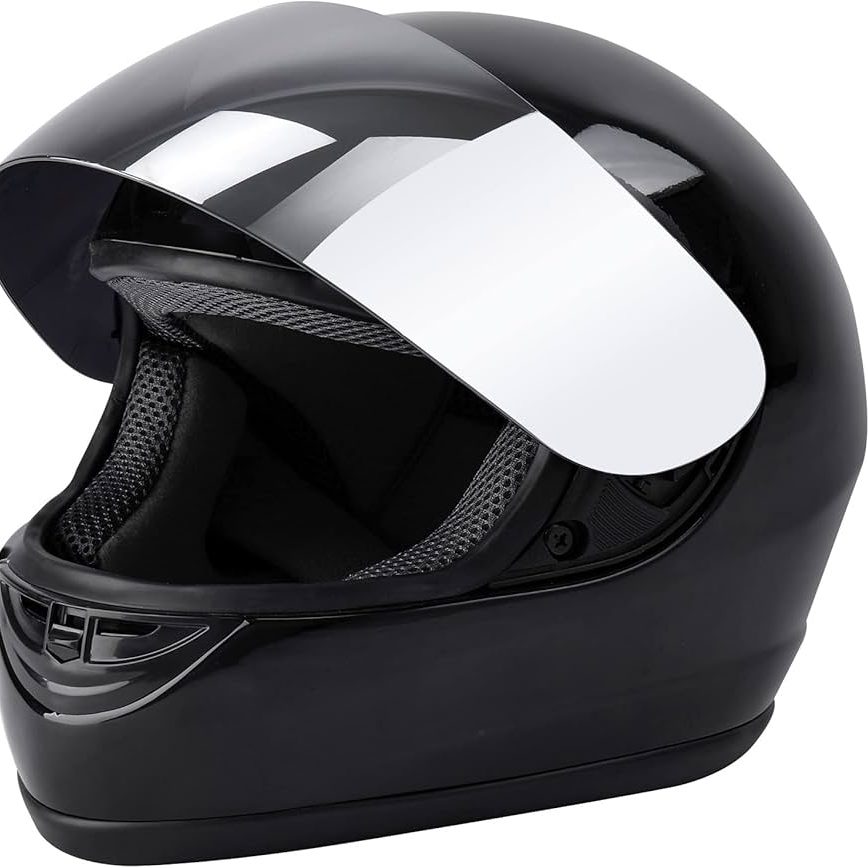 Discount Stores and Outlets
Discount Stores and Outlets
Discount stores and outlets can also be a fantastic place to find deals on motorcycle helmets. These retailers often sell previous models at significantly reduced prices.
Pros:
- Affordability: You can often save a considerable amount.
- Brand Names: Many reputable brands are available at lower prices.
Cons:
- Limited Selection: The available models may be outdated or limited.
- No Guarantees: There may be no return policy or warranty.
Conclusion
A motorcycle helmet is more than just an accessory; it is a vital safety tool that can mean the difference between life and death on the road. With various types, features, and technologies available, understanding the options is crucial for every rider. Whether you’re a seasoned biker or a beginner, investing in a quality motorcycle helmet is an investment in your safety and well-being. In an age where innovation is constantly advancing, the future of motorcycle helmets holds promises of increased safety, technology integration, and endless style choices for riders everywhere.

